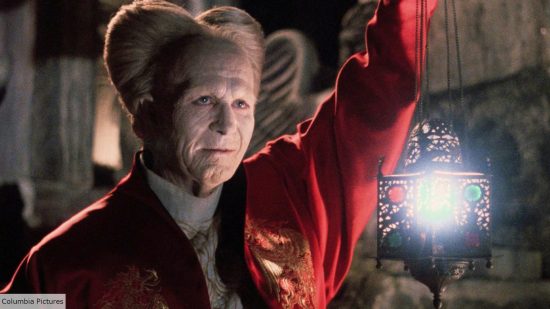Bram Stoker’s Dracula recently celebrated its 30th anniversary. Directed by Francis Ford Coppola, the gothic horror movie was divisive upon its release, and has remained so. That reaction is justified.
To call the movie uneven is an understatement. Perhaps the most faithful of Dracula adaptions, Bram Stoker’s Dracula is primarily told through the eyes of Jonathan Harker (Keanu Reeves) and his fiancé Mina (Winona Ryder) as they become unwittingly involved in Dracula’s continent-spanning plans, and his search for love. The first half of the movie, in which Jonathan travels to Transylvania and is ensnared in Count Dracula’s web, is electric. The second half – which follows Lucy’s illness, her three lovers, and their plot to kill the Count – is bloated and meandering, and loses grip of its unwieldy plot. Such is its intensity and inconsistency, it is possible to watch the movie twice, in immediate succession, and love it the first time and hate it the second.
And yet, the monster movie is completely, unambiguously successful in one regard. While following the usual narrative about purchasing property in London, Jonathan and Mina Harker, and the ambitions of Van Helsing, Bram Stoker’s Dracula remain the perfect vampire movie. This achievement is framed against a backdrop of many other successes, as well as many failures. These provide important context to how Bram Stoker’s Dracula explores the horror of Vampirism.
Among the movie’s greatest achievements is that – spiralling up into the sky like a broken tooth – the Count’s castle is just as much a character as those that walk its gloomy, crooked halls. The castle’s majesty is a result of some truly breathtaking in-camera effects work, which help to create a suffocating and opulent atmosphere. The lack of time spent there in the second half of the movie is most certainly to its detriment.
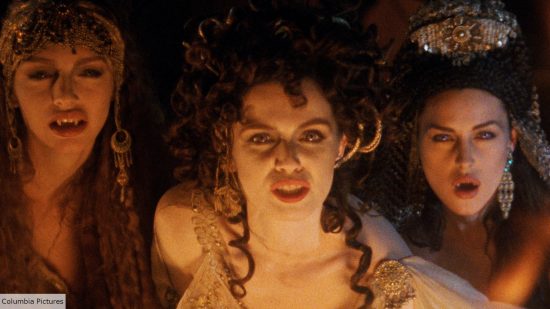
Jonathan’s exploration of the castle, in which he encounters sights that bend and break the laws of physics, is intoxicating – as is the moment in which he succumbs to the seduction of the Count’s concubines against blankets of velvet. And, always in the background is the ever-watchful Dracula (Gary Oldman) himself, with his independent shadow, gliding around in a cloak of glamour, camp, and malice.
The later moments too, shared between the Count and Mina, are just as compelling. The romance that fuels the pair is tender, sincere, and sinister. There’s crackling chemistry between the Vampire and his eager lover.
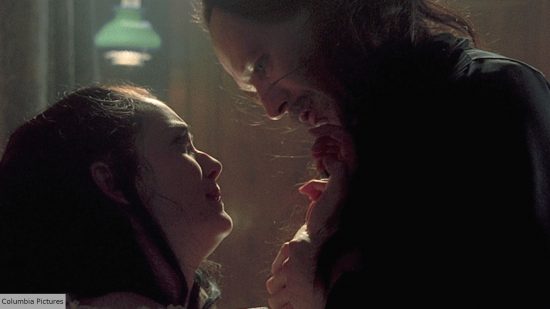
But, always on the flip side are the aspects of the dark fantasy movie that fail to live up to its soaring highs. Keanu Reeves is a complete disaster. Reeves is great in a certain type of role. Both science fiction movie staple The Matrix and drug-driven animated movie A Scanner Darkly suit his muted style.
However, here, burdened with a British accent, Reeves gives a performance that not even a sixth-form drama production would be envious of. He simply isn’t suited to the operatic style of the movie, and this is made all the worse by the fact that opposite him, Gary Oldman is on blistering form, giving a career-best effort as the ancient vampire lord.
Coppola’s movie is also faithful to Stoker’s text to a degree that is damaging. In this adaptation, which focuses on atmosphere and style, there is no need for many of the plot points from the novel. Most notably, the movie suffers from the presence of Renfield. In key moments he drags away from the progression of the plot, or a moment of emotional power, and for what? He spends the entirety of the movie in his cell, and dies by hitting his head on the railings.
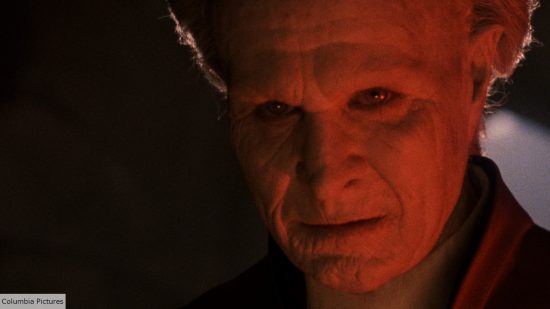
These conflicting triumphs and failings would likely derail your typical horror movie. Instead, Bram Stoker’s Dracula manages to get by, and has secured its legacy, because it successfully gets to the undead heart of Vampirism. The concept brings with it sharp teeth, pale skin, immortality, and an unquenchable thirst for blood. Typically, it is linked with style, grace, and sinister intellect. However, in making Bram Stoker’s Dracula, Coppola understood one thing more than most: vampires are sexy.
More than that, though, their sexiness isn’t just a nice-to-have. Sex appeal is integral to vampires as creatures of horror. Seduction, lust, and transgressional intimacy are all core elements of what make vampires unique among other supernatural and undead ghouls.

The recognition of this explains why the movie, which is otherwise so faithful to the book, feels the need to turn itself into a borderline pornographic love story. Bram Stoker’s Dracula understands that a vampire story can’t be truly successful without exploring links to sexuality and lust.
On that front, the gothic romance movie delivers in spades. For the entire duration of its two-hour runtime, Bram Stoker’s Dracula is relentlessly horny, and is soundtracked by a near-constant chorus of orgasmic moans. It is also, on more than one occasion, tantalisingly erotic.
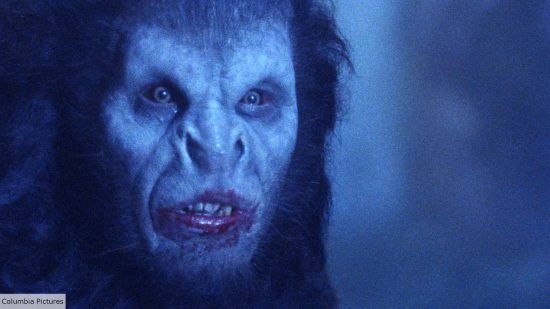
Gary Oldman himself might not be covered in sparkles, or the subject of Tik Tok fan edits, but he ensures that Dracula is exactly as he should be: simultaneously desirable and disgusting. Throughout the movie, he flits between these two modes without warning, which makes the character unquestionably enthralling.
This unpredictability is fuelled by Count Dracula’s insatiable lust. First, this scratch is itched by the sex-obsessed Lucy. Lucy dreams about sex, makes constant innuendo, and has her own book of proto-porn. However, when she dies from Dracula’s excessive consumption of her blood, his attention turns exclusively to Mina, the true object of his desire, thanks to her resemblance to his former lover.
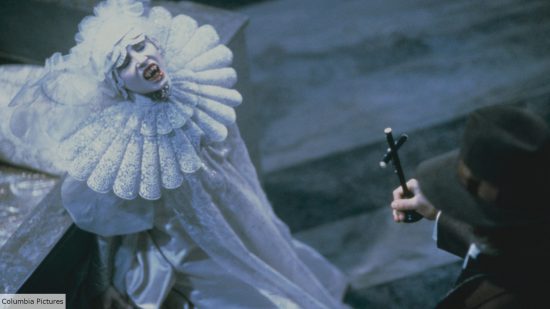
In sharp contrast to Lucy, Mina confesses that her sexual experience begins and ends with a kiss. Through the eyes of Mina, images of men and women locked in various sex positions are disturbing – yet ever so slightly alluring.
With the help of the Count, Mina empowers herself, taking control of her own desires and ditching her stale relationship with Jonathan along the way. She isn’t some unwilling participant in Dracula’s schemes: she wants to be with him as much as he wants to be with her.
Dracula’s magnetism extends beyond the female gaze, too. Thinly veiled homoeroticism is ever-present, fermenting just underneath the surface, ready to bubble over at any moment. The consumption of another’s blood is presented as an explicitly sexual act, and that is no barrier to the Count longing for the taste of Jonathan Harker’s.
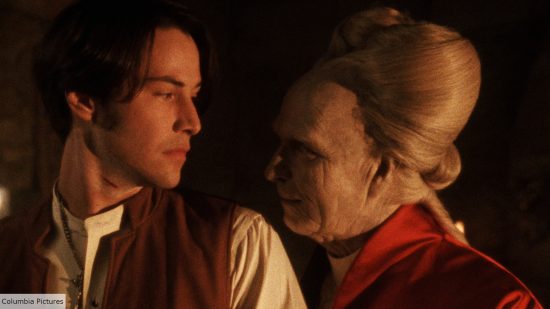
In one instance of particularly ambiguous tension, he locks Jonathan in a deadly embrace, with a razor blade pressed against his neck. The blade, which is coated in Jonathan’s blood, is then licked clean by the Count in a moment of desperate desire.
This blurring of sexual boundaries is intrinsic to the terror. The notion that Dracula longs for the blood of both husband and wife implants the idea that regardless of your sexuality, you could be persuaded to commit unspeakable transgressions in the name of Count Dracula’s allure and seduction. And, if it’s possible to fall for this monster, then what other evils are we susceptible to?
This, as a thematic source of horror, is essential because the movie isn’t particularly scary otherwise. Is it thrilling? In moments. Disturbing? Yes. But aside from its devilish exploration of sexuality, the movie is severely lacking in horror. Even against all the gorgeous visuals and some sumptuous acting – it’s the confrontation of sex and sexuality that ensures Bram Stoker’s Dracula excels as a vampire movie.
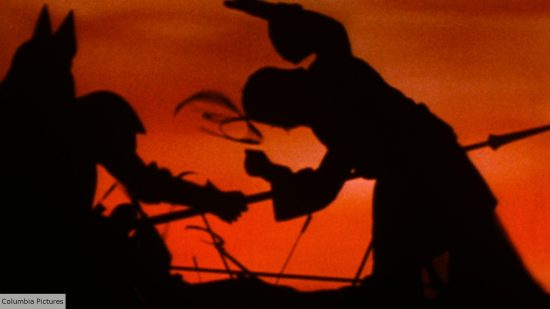
Especially as Bram Stoker’s Dracula passes the halfway mark, it is dragged down by awkward plotting, and stilted performances. Much of the movie can be categorised as style over substance. But, it has one overwhelming strength: it has a beating heart, filled with desire and passion.
Like love, and sex, Bram Stoker’s Dracula is rarely straightforward, often surprising, and for the most part, inordinately fun. It is the perfect vampire movie, thanks to its unrepentant exploration of lust, not in spite of it. In contrast to the sterility and lack of sex in modern mainstream cinema, it is a breath of fresh air.
